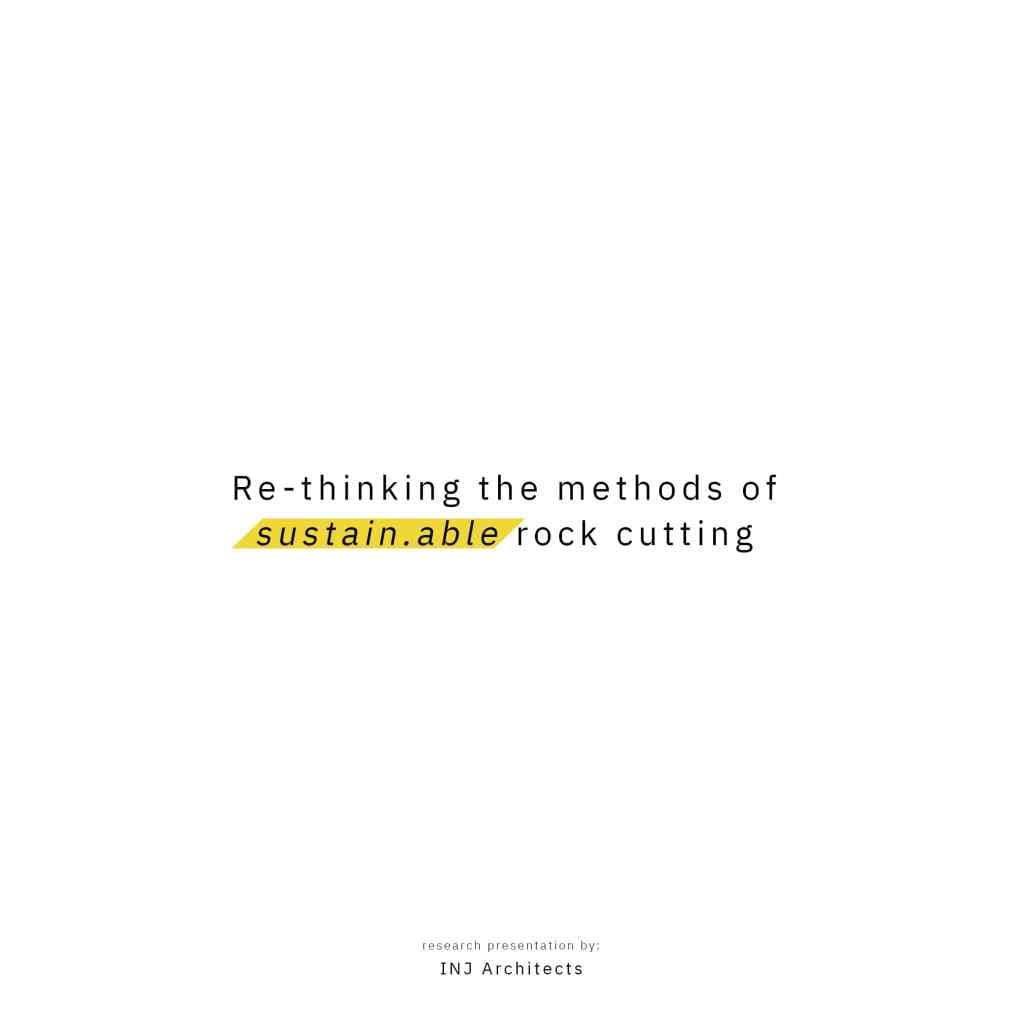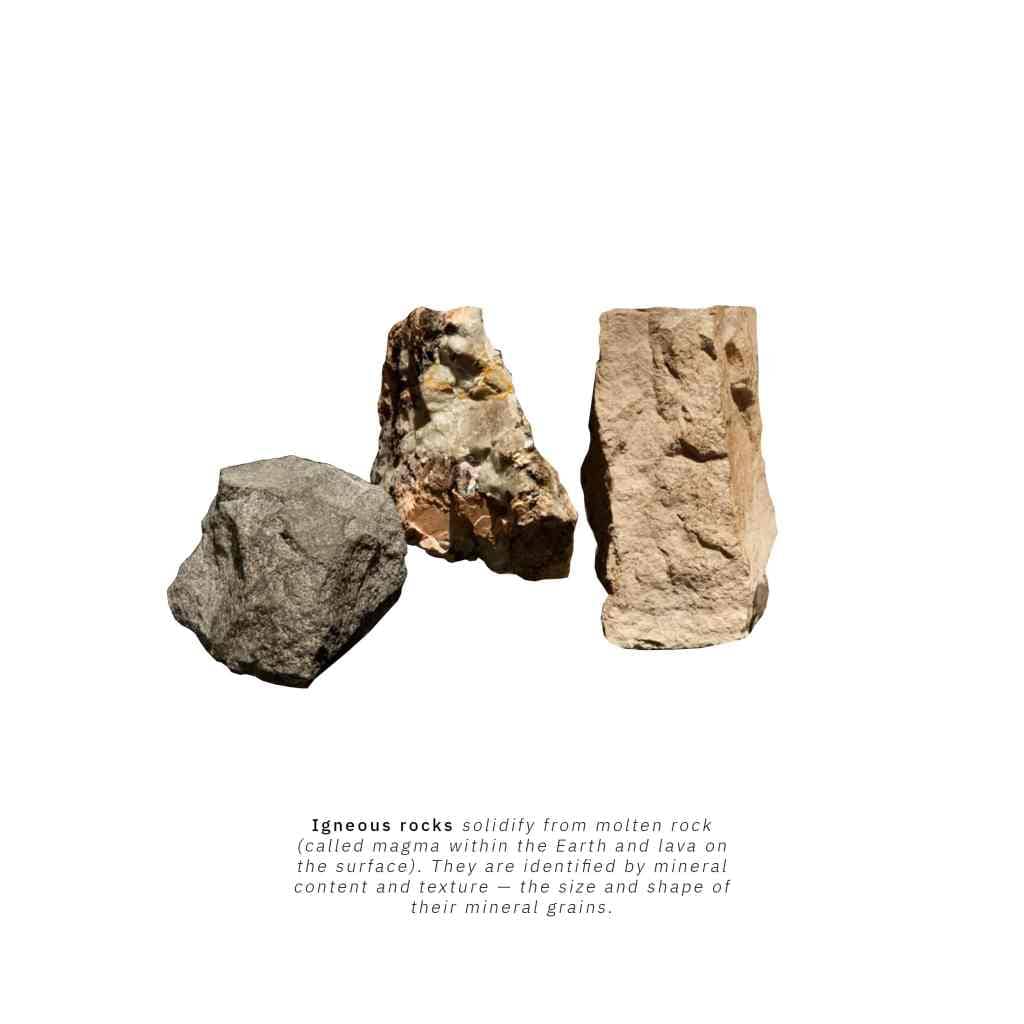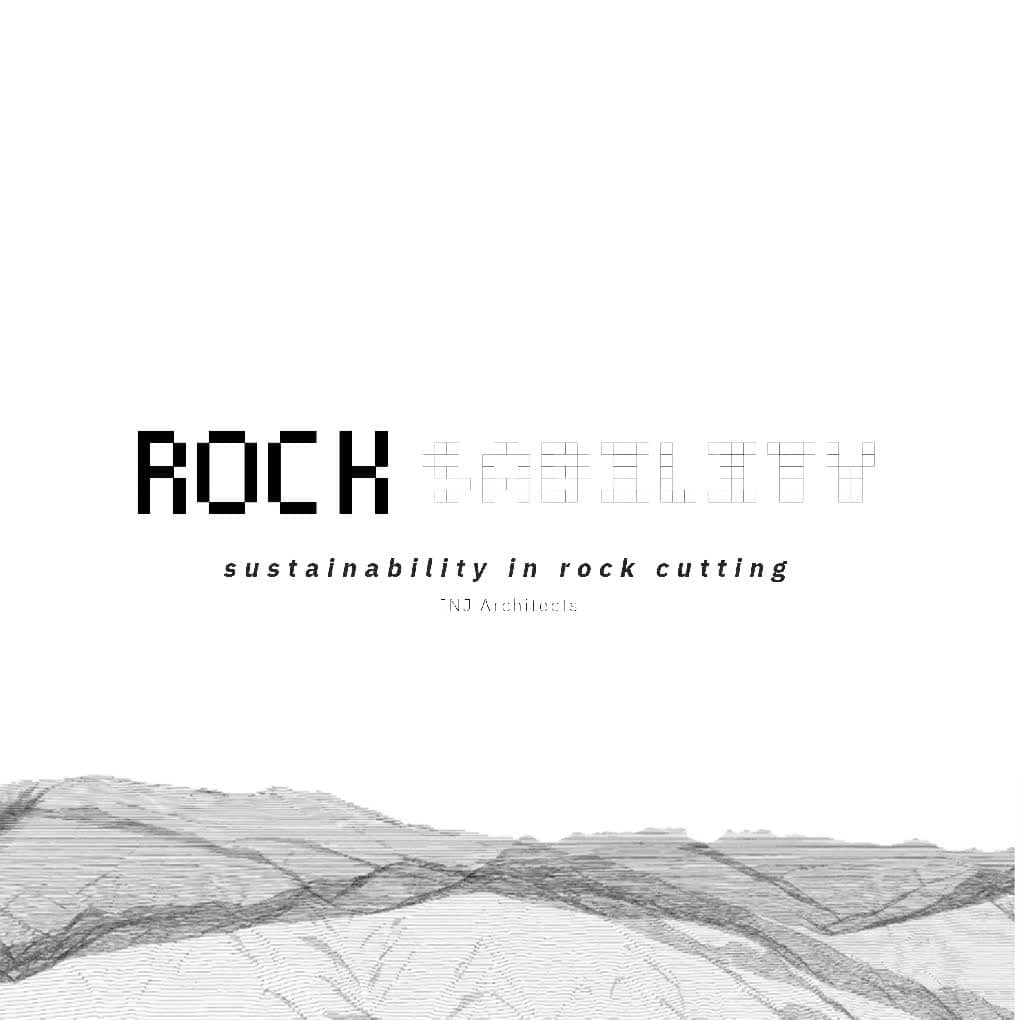
القطع الصخري
Sustainability Architectural Studies and Research
According to the Cambridge Dictionary, the definition of sustainability Architectural is “the idea that goods and services should be produced in ways that do not use irreplaceable or environmentally harmful resources.” As for rock cutting, it is considered very important, as the terrain will cause delays in the logistical performance and speed of implementation of works, and to focus many engineering projects on high peaks and mountainous areas.
How do we reduce damage to the environment?
With regard to mineral resources, the primary method of resource extraction is still prospecting. Since it is impossible to replace, so we must reduce the damage to the environment. So far, it appears that the main constraints on sustainability Architectural in the mining sector stem from the resource consumption required for extraction and processing and the increased pollution from mining and shale cutting operations.
As reported by the United Nations, proposals to maximize the development benefits of mining. Improving the environmental and social sustainability Architectural of the mining sector was discussed, with three priority areas identified. Including environmental, economic, health issues. And the social impacts and benefits of mining throughout its life cycle of course. Including worker health and safety.
(United Nations, 2020).





Geographical feature in Saudi Arabia
In addition to the fact that the most important and most influential cities are located on the slopes of the mountains. Such as Makkah and Taif. Which explains the reason for the interest in many projects in the Kingdom of Saudi Arabia. And it explains also their focus on the pioneering areas that use these mountainous regions. In order to benefit from them.
Some examples of these projects are the NEOM project, the Al-Ula project, and the Al-Soudah project…
Each of these projects is located in areas rich in mountainous and rocky environments. (INJ Architects, 2021)
How to facilitate the rock cutting process?
To facilitate the rock cutting process, in accordance with the distinctive developments that modern technology is going through at the present time, GPS and satellite devices are relied upon in order to obtain more accurate and stable results in calculating the mountainous or rocky area in the region. Thus, specialists are able to display spaces in a very smooth and fast way through satellite programs, simulation and modeling programs, which contribute to increasing and improving overall productivity rates.
The different flagship methods of rock cutting:
While the methods of rock cutting are the same, they are completely different from the above.
Using Saudi Arabia as an example again. the following list includes three different and common methods of rock cutting operations. (INJ Architects, 2021)
First method: The mechanical rock cutting
Where this process is accomplished by using specialized Bucklin machines. which are also known by another name: tracked excavators.
So that the process of crushing and fragmenting rocks is accomplished quickly and effectively.
Second method: Rock cutting by blasting
Where this process is accomplished by using explosives generally. Such as dynamite. Specialists dig holes between rocks and mountainous areas. The explosives are placed and distributed in them to facilitate the process of rock cutting. And to increase the speed of its completion..
Third method: Cutting rock with chemicals
This method is similar to blasting rock. Where this process is accomplished by making holes distributed in different places between rocks or in mountainous areas. Then placing chemicals to later expand and break up rocks at high speed.
Although the above-described methods have been used for several years, they need to be reconsidered.
Also, many lengthy and thorough studies are done before they are carried out. This comes for several reasons including:


- Shale cutting methods (especially second and third) are extremely wasteful, polluting the environment and producing far more harmful carbon emissions than the natural form. In addition, the geographical change caused by this mechanical intervention results in strong energy that consumes a lot of fuel in order to work and reach the desired resu
- You must resort to methods that consume less energy and rely on other environmentally friendly methods and solutions to keep them from pollution. This may be a theoretical solution, but it is better in terms of sustainability and green buildings.
- Reusing cut rocks instead of destroying them. The rocks can be electrically cut to form the cut rocks into cubes to contribute to their reuse in various other fields. As for the traditional and common methods, as mentioned above, it will result in a lot of heterogeneous and heterogeneous rock shapes that are difficult or impossible to use for any other operations or times
- Reusing cut rocks instead of destroying them. The rocks can be electrically cut to form the cut rocks into cubes to contribute to their reuse in various other fields. As for the traditional and common methods, as mentioned above, it will result in a lot of heterogeneous and heterogeneous rock shapes that are difficult or impossible to use for any other operations or times. For these reasons, we can contribute to the flourishing development in the field of environmental protection and nature, which will certainly have a great and remarkable role in the future in concern for sustainability and the external environment. In order to achieve sustainability during rock cutting operations, we must address the following issues:
- The need for a well-planned management and a good and integrated organization of the activity from a practical point of view, ie starting with a better knowledge and experience of the stone resources. In addition, it is necessary to plan in advance the uses of the rocks and to manage the transformation and cutting operations appropriately.
- The urgent need to reduce the generation of quarry waste through better reliance on available investment techniques and the introduction of increasingly accurate techniques to benefit from all the rock extracts. On the other hand, we need to promote sustainability through the continuous use of cutting waste.
- The necessity of ensuring compatibility and environmental sustainability through an effective evaluation of the rock cutting layout, improving environmental performance during these activities, and eventually rehabilitating the entire site. And to increase knowledge of the behavior of each of the rock mass and rock materials.
- Performance depends on the type of cutting machines used as well as the characteristics of the rock block. It is easy to know the specifications of the machines in general, but the characteristics of the rock mass are not readily available. It is also of paramount importance, it is worth noting that the cutting tools deal directly with the rocks to be cut; This calls for a geotechnical investigation in conjunction with the equipment used at a particular site, where there is a direct interaction between the cutting tools with the rock mass used to cut them. Moreover, extraction also requires advance planning of where and how to cut in order to reduce waste.




Different aspects of rock cutting
All aspects of rock cutting require a multidisciplinary approach aimed at improving resource efficiency. and to providing sustainability Architectural through:
- Using advanced technology to draw detailed geological, geomorphological and tectonic maps to verify the deducted pressure patterns.
- Assist in quarrying to direct drilling to required quality areas.
- Evaluate the properties of marble to obtain marketable products for specific uses.
In addition, the gradual improvement of techniques and practices used in rock extraction and cutting operations is necessary. Especially to achieve the ultimate sustainability Architectural and competitiveness of stone and block extraction.
In some countries, these operations represent an important economic asset. As the stone sector is gradually improving the available technologies. All with extensive use of shovels, front loaders, diamond wire saws, chain cutters, hydraulic drilling, and line boring machines. In order to be able to produce mainly consumables and tools.
This technological development has also led to a gradual increase in marble production. Which has reduced drilling times and ensured better product quality.
One of the most obvious results was the sharp drop in the number of workers and the rise in annual productivity.
These results were achieved thanks to the high performance of modern technological developments. Which made it possible to perform rock cutting easily and quickly. Also to ensure high productivity and competitive efficiency.
Example of increase of marble production
In addition, all these technological developments in the stone sector, which are still increasing. Wich has led to a gradual increase in marble production in the Carrara basin Italien city). Multiple reasons led to a noticeable reduction in drilling times and a guarantee of the quality of the final product.
Moreover, one of the most obvious results was the sharp drop in the number of workers in the Italian city of Carrara. It went from about 9,000 to 800 in less than a century.
On the other hand, the annual productivity per employee has increased from about 80 tons to more than 1000 tons (Fornaro, 2002).
Moreover, when analyzing the time period from 1950 to 2020, a significant increase in productivity was recorded from 1976.
This is due to the proliferation of diamond wire in the Apuan quarries in Italy.
To date, more than 20% of the historically excavated materials have been invested in the past 15 years.
The annual production is about 1,400,000 tons. which represents the most important activity in the mountain stones and rocks sector.
The density of quarries in that area is 0.33/km2 (seven quarries/km2 for Carrara municipality only). It is compared to the national average of 0.02/km2 (Furnaro, 2002).
That is, these outstanding results were achieved through the use of many modern techniques.
These techniques were added to the rock-cutting operations in the Italian Carrara region. Such as the efficient diamond wire cutters. which made it possible to adapt the rock cutting to the morphological conditions of the quarries. It ensures high productivity and high speed too.






Purpose of cutting and extracting natural stones for constructions :
The sustainability of rock cutting and extraction of natural stones for construction purposes. Such as tiles and slabs. It requires optimizing all stages of the production process from investment to final use. The challenge is also to produce goods that combine the environment and the economy. Aso to ensure high production standards. that comply with the buildings of historical heritage and architectural traditions. In a way to be installed and reduce the generation of waste.
Assessment of the environmental properties and impacts of natural building stones is at the heart of sustainable investment operations.
To reach these goals, several studies have been conducted by the authors of all production steps. In order to improve our knowledge of the stress state. Also, to determine a lot of elements. Elements like: the mass fracturing of rocks, thermochemical behavior of rocks, cutting techniques used, waste reduction strategies, and other matters..
In addition to this article is comprehensive of the latest developments in all these areas. Waste reuse is a promising way to increase economic income. By creating more job opportunities in the industry. But most importantly, increasing the chances of sustainability and preserving the environment from pollution.
How to reduce the environmental impact of cutting stones ?
It is worth noting that the application of the previously described methodologies and methods. It is expected to contribute significantly to reducing the environmental impacts of the cut stone in terms of:
- Reducing the stone waste that will be disposed of.
- Rational management of stone resources.
- Reducing the total energy consumption in the investment stages.
In conclusion, future research should be devoted to recovering every part. that was produced during rock cutting operations and storing the remaining waste. All in known facilities in order to make it easy to monitor on the one hand. Accessible on the other hand to pave the way for potential investment future







